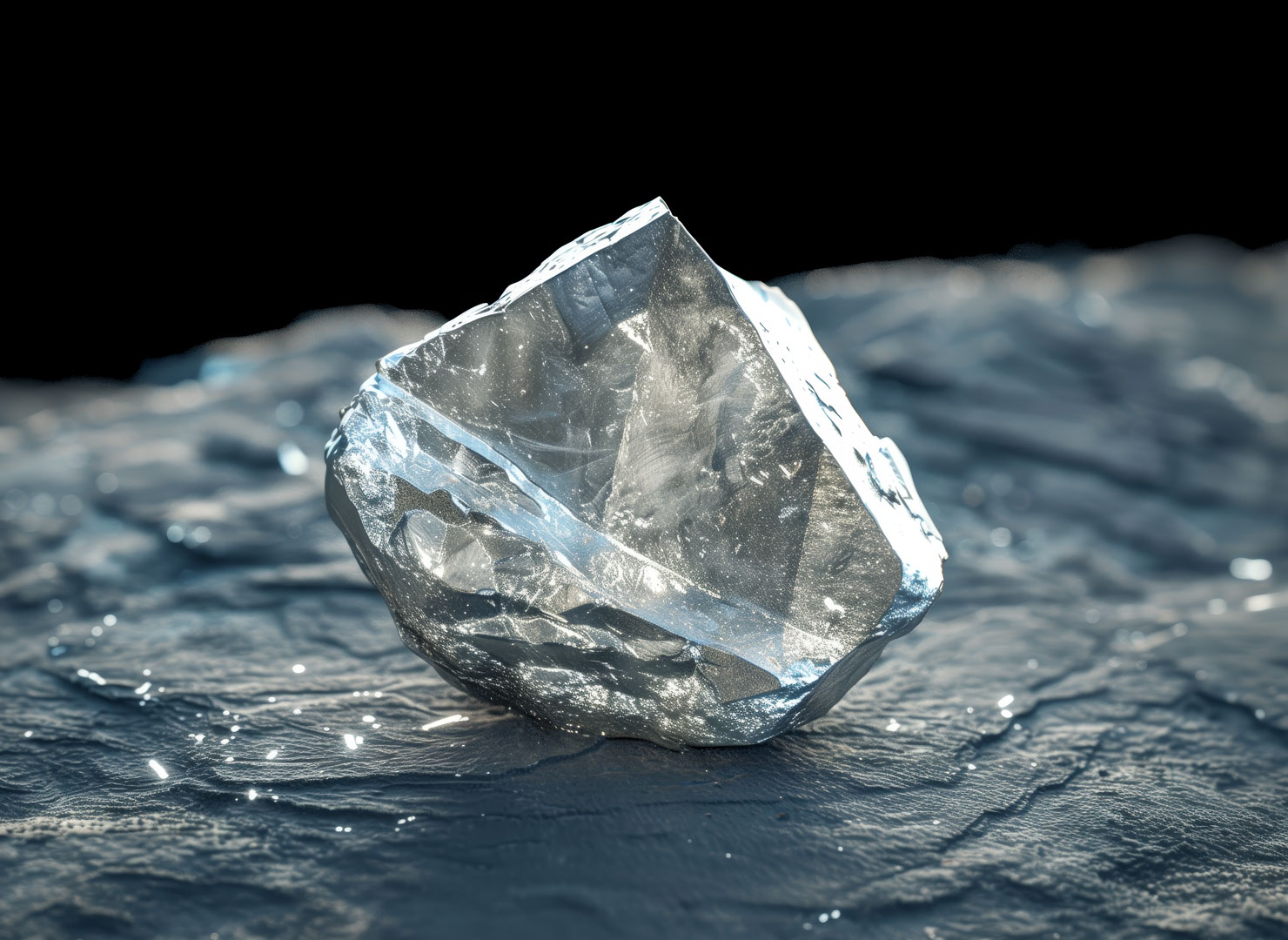The Element Ytterbium
On this page you can find out more about the rare earth element
Name: Ytterbium
Symbol: Yb
Ordinal number: 70
Density: 6,97 g/cm3
Melting point: 824 °C
Boiling temperature: 1.193 °C
Ytterbium is one of the lanthanidesA group of 15 elements with chemically very similar properties. in the periodic table.
Deposits
Economic Exploitation of the Deposits Almost Exclusively in China and Myanmar
Ytterbium is a particularly rare and lesser-known representative of the rare earth elements. It has a few highly specialized areas of application and only a limited number of suppliers.

Ytterbium: Ytterby Mine in Sweden as Namesake
Like yttrium, terbium, and erbium, ytterbium owes its name to the Ytterby mine, the first site where the minerals containing it were found and which, over the decades, eventually led to the discovery of all representatives of the rare earths. Ytterbium was discovered in 1878 by the Swiss chemist Jean Charles Galissard de Marignac during a close examination of the mineral gadolinite. However, it was not until 1936 that elemental ytterbium was extracted.
Main areas of application for ytterbium

The Discoverer of Ytterbium
Born in Switzerland in 1817, the chemist Jean Charles Galissard de Marignac studied in Paris and was later a student of Justus Liebig in Giessen (Germany). Galissard de Marignac spent most of his career as a professor of Chemistry and Mineralogy in his native city of Geneva. The Swiss not only researched rare earths but also produced one of the first complex inorganic acids.
Characteristics
Ytterbium Is Soft and Stretchy
Ytterbium is a soft, ductile, and shiny silver-white metal. It differs from its neighboring lanthanides in the periodic table in some of its properties: for example, its density and melting and boiling points are significantly lower.
Areas of Application
A Versatile Element With Special Applications
Applications for ytterbium include phosphors, catalysts, and ceramic capacitors. It is also used in some lasers, as an alloy additive in steel production, and as a radiation source in some X-ray machines. Ytterbium is also used in nuclear medicine.

Lighting
Rare earths are used to produce classic fluorescent tubes, modern energy-saving lamps, and LED lights. The raw materials are also used in devices with picture tubes, tablets, and smartphones, where they produce red pixels.
Learn more

Catalysts
Catalysts increase the speed of a chemical reaction and are indispensable in many industries. In automotive catalytic converters, for example, catalysts convert combustion pollutants into non-toxic residues.
Learn more

Laser
Laser beams are concentrated electromagnetic waves. They have various applications in industry, medicine, and the military. Lasers enable high-speed Internet through optical fibers.
Learn more

Metal Alloys
Metal alloys are compounds of metallic materials. Modern alloys often contain rare earths to improve specific properties. Rare earth alloys are used in aircraft engines and flints in lighters, among other products.
Learn more
Deposits
Complex Isolation Process Meets Manageable Demand
The supply chains for rare earths like ytterbium are highly concentrated and demand for them is constantly growing, especially for use in climate-friendly technologies and high-tech applications. The supply of raw materials is therefore considered critical. Ytterbium is one of the rarest representatives of this group of raw materials and is extremely difficult to extract. Fortunately, at present there is relatively low demand for the element.
The map shows the regions of the world where heavy rare earths are mainly mined.

Mining Almost Exclusively in China and Myanmar
The individual rare earth elements are very similar to each other and are always found with each other in minerals such as bastnäsite, monazite, and xenotime. An important source of heavy rare earths such as ytterbium is ion adsorption clay. This type of deposit is exploited economically almost exclusively in China and Myanmar. After extraction, the individual rare earth elements must be chemically separated in several complex steps.
Raw Materials Trading Industrial Customers
TRADIUM trades in all industrially relevant rare earth oxides. Choose from a wide range of specifications and take advantage of the option to reserve batches for the long term.
Purchase of Physical Assets for Private Customers
Benefit as a private customer from the exciting market for rare earths as a physical asset. You can find out here what opportunities TRADIUM offers and what tax advantages a purchase of raw materials entails.